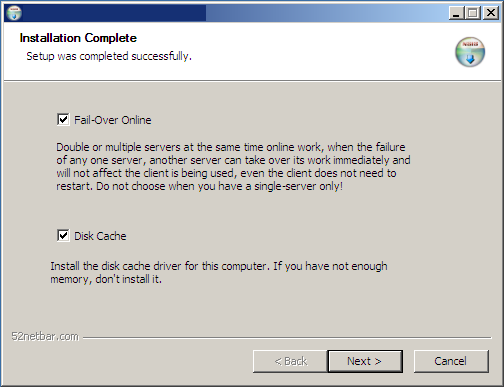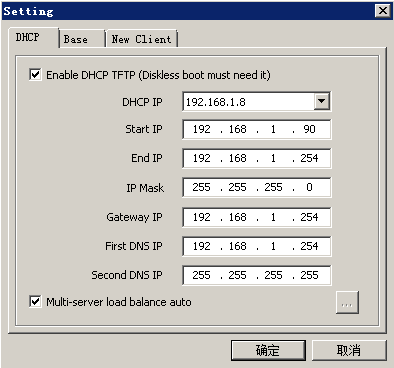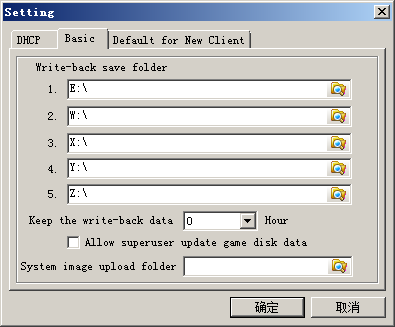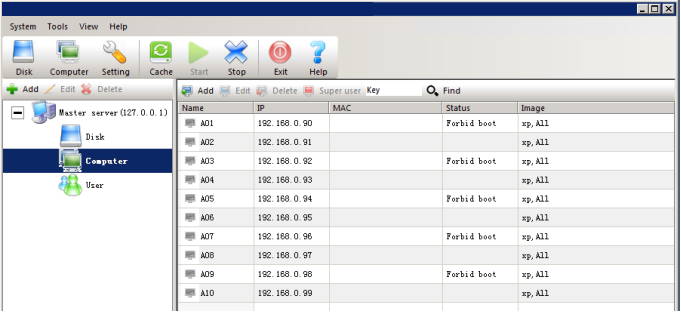Dual-server hot backup and load balancing
Function introduction
Dual-server hot backup is to achieve two or more servers working online at the same time, when any one of the servers fails, another server can immediately take over its work, and will not affect the clients in use, even the clients do not need to restart. Dual-server hot backup can achieve zero-gap connection, and the client can hardly feel any change. It can also be set that one server is the primary server and the other is the backup server. The primary server is responsible for processing the client's requests, and the backup server is responsible for monitoring the status of the primary server and taking over the service when the primary server fails. Dual-server hot backup can improve the reliability and availability of diskless boot, and avoid client failure due to single point of failure. Note: For single server, please do not select this option. This feature only supports Windows 7 clients!
Load balancing means using multiple servers to provide PXE network boot service, and distributing client requests through load balancing devices or software, so that each server bears similar load. Load balancing can improve the performance and efficiency of diskless boot, and avoid client response slow or failure due to server overload.
Client installation options
When installing the client, select the "Dual-server hot backup" option, other options are the same as general installation. Note: Not installing "Dual-server hot backup" on the client does not affect the load balancing of multiple servers!

Server-side settings
In the settings of both servers, add the same clients (machine name, IP, image path, game disk drive letter are the same, write-back path can be different). You can also set up one server first, and copy the "set" suffix configuration file to another one. Then set as follows:

Automatic load balancing: Check "Multi-server automatic load balancing"

Manual load balancing: Manually set and add each server IP, click the "..." button, and add each server IP in turn.
Single server with multiple network cards, multiple write-back disks settings
Set up each network card's IP in the operating system, and the diskless system automatically assigns two network cards to connect different clients. At the same time, after setting multiple write-back directories, it automatically balances the write-back size of each directory. It is recommended that the write-back disk is a separate disk hardware, and it is a hard disk with the fastest random write speed, such as: NVMe protocol PCIe SSD solid state drive.

Manual implementation of load balancing (old-fashioned method)
Assuming there are 10 machines A01 - A10. There are two servers Server A, Server B. It can be set that Server A allows 5 machines to boot, Server B allows another 5 to boot. To achieve manual load balancing. The computer lists of both servers are as follows:

